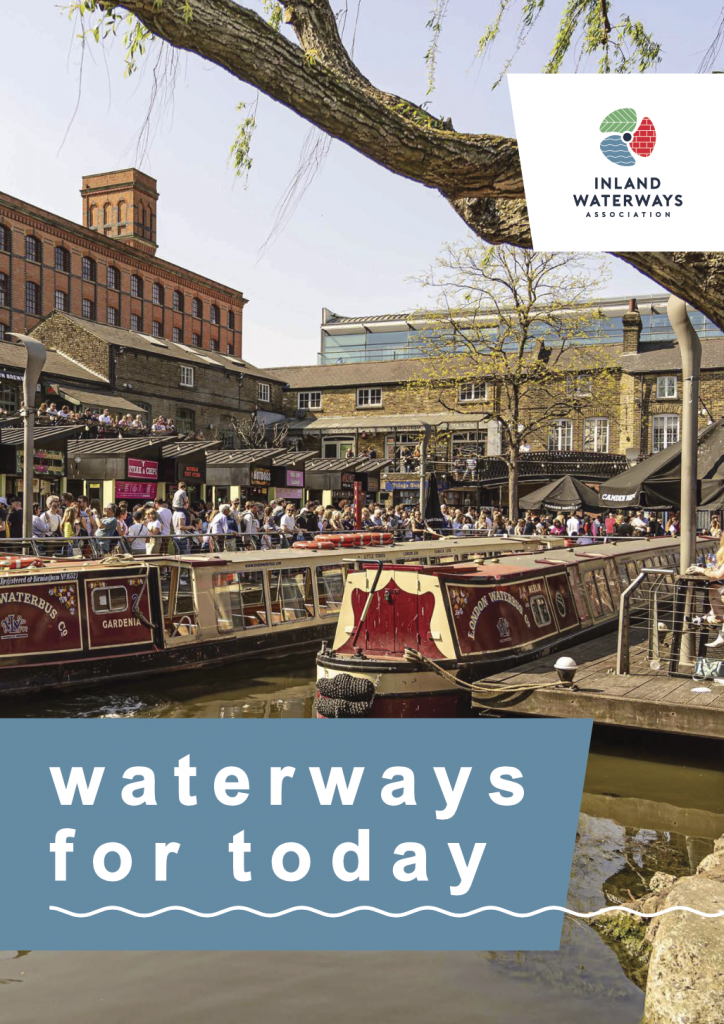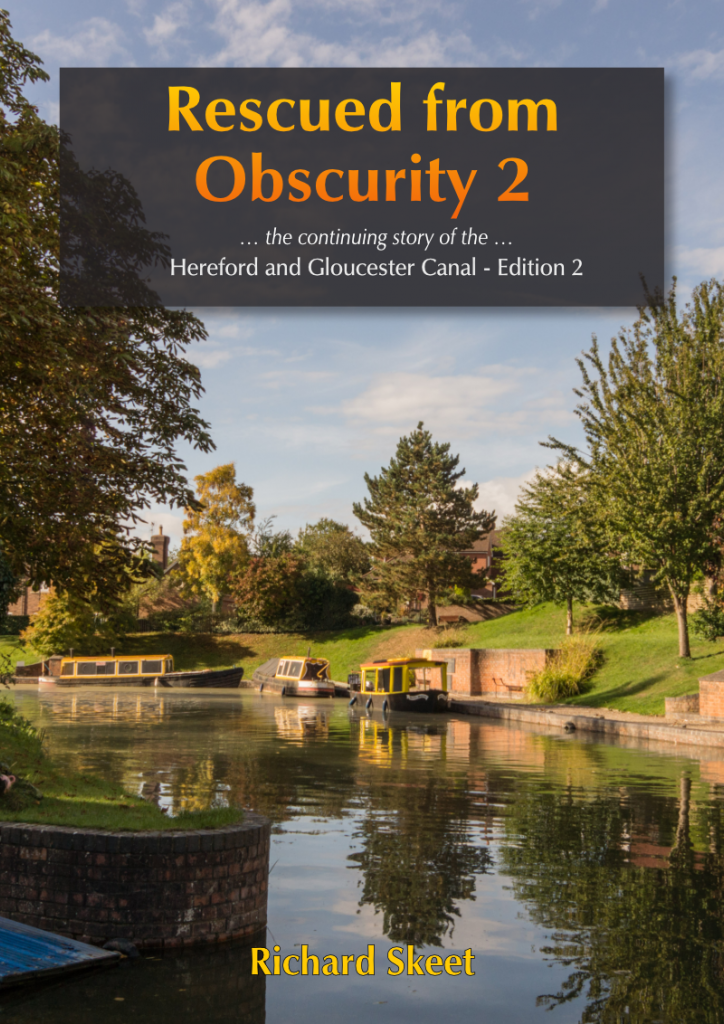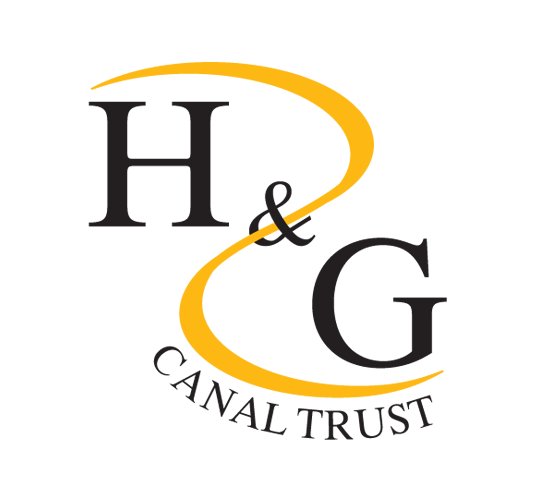A restored canal can be considered as a multi-functional asset providing many economic, social and environmental benefits. In addition to being a form of green and blue infrastructure, important for leisure, recreation and tourism uses, they can provide local and strategic sustainable transport routes, forming a valuable part of the nation’s visitor and green economies – engaging local communities and visitors alike and laying the foundations for future health, well-being and prosperity.
This has been recognised locally with supportive planning policy frameworks developed by the local authorities through which the Hereford and Gloucester Canal passes – namely Herefordshire Council, Forest of Dean District Council and Tewkesbury Borough Council.
More on these policies and provisions can be seen in the following links…
Herefordshire (covers the canal from Hereford to north of Dymock)
Forest of Dean (from north of Dymock southwards to Rudford)
Tewksbury (from Rudford south and east to Over, on the edge of Gloucester)
The recognition this gives confirms the potential contribution and value of a restored Hereford and Gloucester Canal to the economic, social and environmental wellbeing of local districts, communities and individuals; along with protecting these valuable assets for the benefit of current and future generations.
The Inland Waterways Association, in their visionary document Waterways for Today published in 2022 identifies the following twelve benefits deriving from Britain’s Waterways
1-3 Economic
Contribute to economic recovery
Encourage increased spend in local communities
Facilitate savings to the NHS and social care budgets
4-6 Natural & Built Environment
Enhance and improve the natural environment
Protect heritage for future generations
Improve sustainability and help to combat climate change
7-9 Local Communities
Connect communities
Provide opportunities for education and young people
Create jobs, training and apprenticeships
10-12 Improving People’s Lives
Encourage improved physical health
Improve mental health and wellbeing
Create better places to live
To put it in a more local context …
Canal restoration can reinvent abandoned formerly and essentially industrial waterways as community assets, improving opportunities for alternative recreation, economic development, environmental improvement, social bonding, strengthened community spirit and cohesion, whilst safeguarding heritage infrastructure for the local community and breathing new life into otherwise forgotten, derelict or potentially unattractive areas of the community.
Improved recreation and leisure opportunities.
Restored canals can improve access and provide new venues for boating, fishing, walking/hiking trails, etc. This gives people more options for outdoor activities and exercise.
The canal basin at Over, seen below, is a great example of this. It lies just outside Gloucester and has been fully restored by Herefordshire and Gloucestershire Canal Trust volunteers,

Leisure and Tourism
Restored canals create scenic waterway routes for boating holidays, walking, cycling, fishing and other recreation. This boosts local tourism.
The Trust has already identified walking routes at several locations between Hereford and Gloucester, all of which include sections of the original canal. These include walks at Over, one of which is pictured below, another from Over to Llanthony Lock, and elsewhere at Oxenhall, Dymock, Ledbury, Yarkhill, Ashperton, Staplow and Withington. A series of leaflets detailing some of these can be found on our Shop Page.

Revitalization of the economy
Canal restoration projects often spark further development like restaurants, shops, and new residential areas along the waterfront. This creates jobs and improves the local economy.
The Lock Keepers bar and restaurant with rooms at Over Basin was developed by the Trust and continues to contribute to the canal restoration programme.
Just outside Newent, the Malswick House is also owned by the Trust, and again helps support the work of the Trust.
The site of Newent station could host a visitor centre, museum and café whilst Hereford could see a new canal basin constructed at Aylestone Park or close to the original canal terminus near the railway station.

Environmental benefits
Restoring canals and their banks/towpaths can improve water quality, support biodiversity, and create green spaces within urban areas. Canal corridors can become important green/blue corridors, linking up other natural areas and provide new and varied habitats for wildlife. This benefits local wildlife and provides people with more exposure to nature. This makes the area more attractive and sustainable.
Sympathetic clearance and subsequent management of sections of the canal at Kymin, Yarkhill, Oxenhall, Newent, Malswick and Moat Farm have succeeded in creating fabulous opportunities for walking along the restored canal, whilst exploiting the chances to create improved and more varied environments and habitats for wildlife in these local areas.

Heritage preservation
Canals are part of the area’s historic legacy. Restoration protects and showcases this unique heritage, maintaining links with our past. Educational and interpretive facilities can help share canal history.
Sadly, little remains of the original canal infrastructure, but crucial examples of lock keepers cottages and other contemporary buildings can still be seen at Withington, Oxenhall and Llanthony, in the form of original bridges between Ledbury and Hereford, all three original canal tunnels, and lock structures at Llanthony and Oxenhall.
Canals bring history alive, where else do you do something that has not changed in 250 years – operating a lock has remained the same since first built over 250 years ago.

Bringing communities together
The restoration process requires bringing together local governments, businesses, nonprofits, and residents to work towards a common goal. This helps build a sense of unity and vision within the community.
Canal restoration projects often rely on volunteers and community engagement.
This can bring people together around a shared point of interest and foster community spirit and pride, with restored waterway becoming a centrepiece of the community.
The Trust has a large membership of individual and corporate bodies, and has mobilised an expanding volunteer base capable of running regular working parties at four or five locations along the canal every week.


Flood mitigation
Well-maintained canals are better equipped to handle water runoff during storms, reducing flood damage.
Regeneration
Canal restoration can spark regeneration of deprived areas and disused industrial sites near canal routes leading to new and upgraded infrastructure. This provides better public amenities for residents.
The start of restoration of the canal in the Aylestone and Holmer localities in Hereford and around the site of the former railway station in Newent can be seen as good examples of this.

Economic development
Canal restoration can act as a catalyst for economic regeneration contributing positively to plans for new waterside housing, commercial, and industrial development, bringing investment and jobs to the local area.
In addition to schemes in Hereford and Dymock, at Ledbury, a new section of canal will be created as part of the planned residential development north of the railway viaduct.

Enhanced quality of life
Canals provide a place and opportunity for community gatherings, festivals, open days, sport and leisure, public art and so on.
Proximity to the water and green spaces has mental/physical health benefits.
In addition to the eight designated canal walks mentioned already, other fine opportunities for walking have already been created at Kymin and Yarkhill, and within Aylestone Park in Hereford



Please consider donating to the Trust to help us with our increasing range of opportunities to restore parts of the original canal.
Your donation can be made in aid of a specific cause or project, including land acquisition, planning and design work, canal channel and towpath construction or restoration, and environmental and wildlife habitat improvement works – the list is long!
Join the Trust and help us make a difference – you may be surprised at the number of ways in which you might be able to help us.
Rates start at just £10.00 per year.
Members of the Trust receive our quarterly magazine The Wharfinger, which contains news of restoration and the many other activities of the Trust.
The Trust has a number of its own very enthusiastic teams of volunteers working at various locations along the canal from Gloucester to Hereford.
We are also occasionally supported by the Waterways Recovery Group, and by corporate body volunteer teams wanting to make a difference.
As our project load continues to increase we seek more volunteers to meet a wide range of needs and would love to find a role for you.
Restoration Locations
Hereford City
Aylestone Park
Kymin East
Yarkhill
Dymock
Oxenhall
Newent
Malswick
Moat Farm
Over and Vineyard Hill
Llanthony Lock














